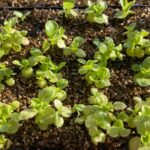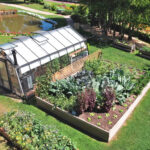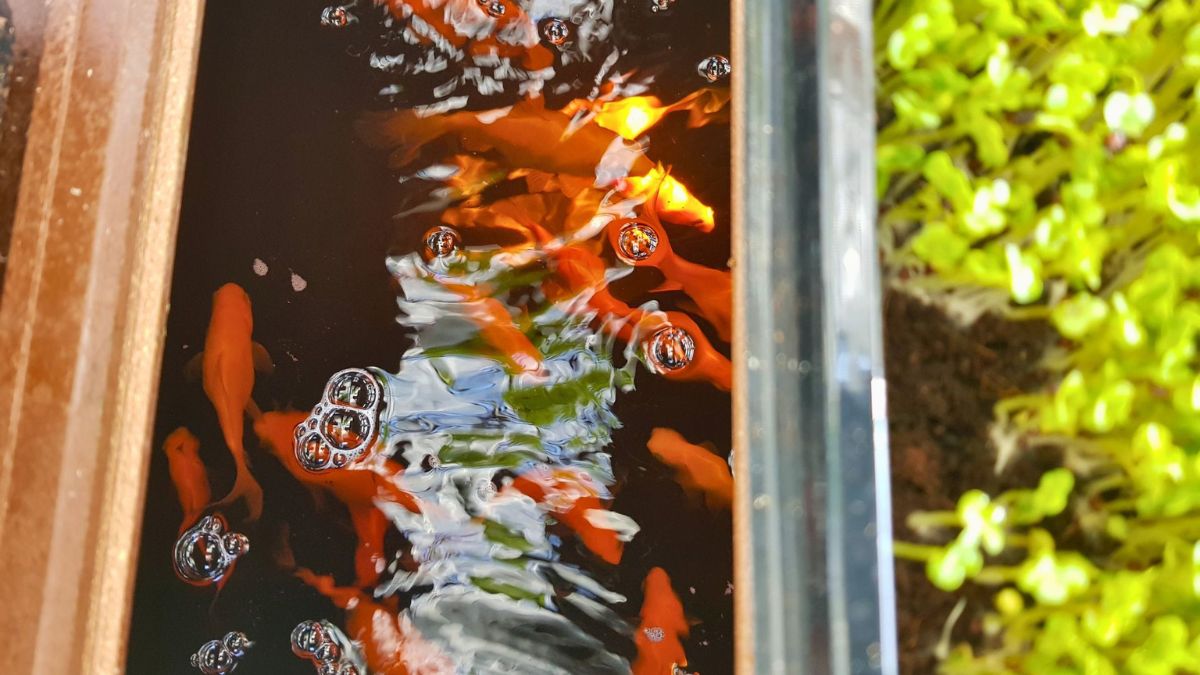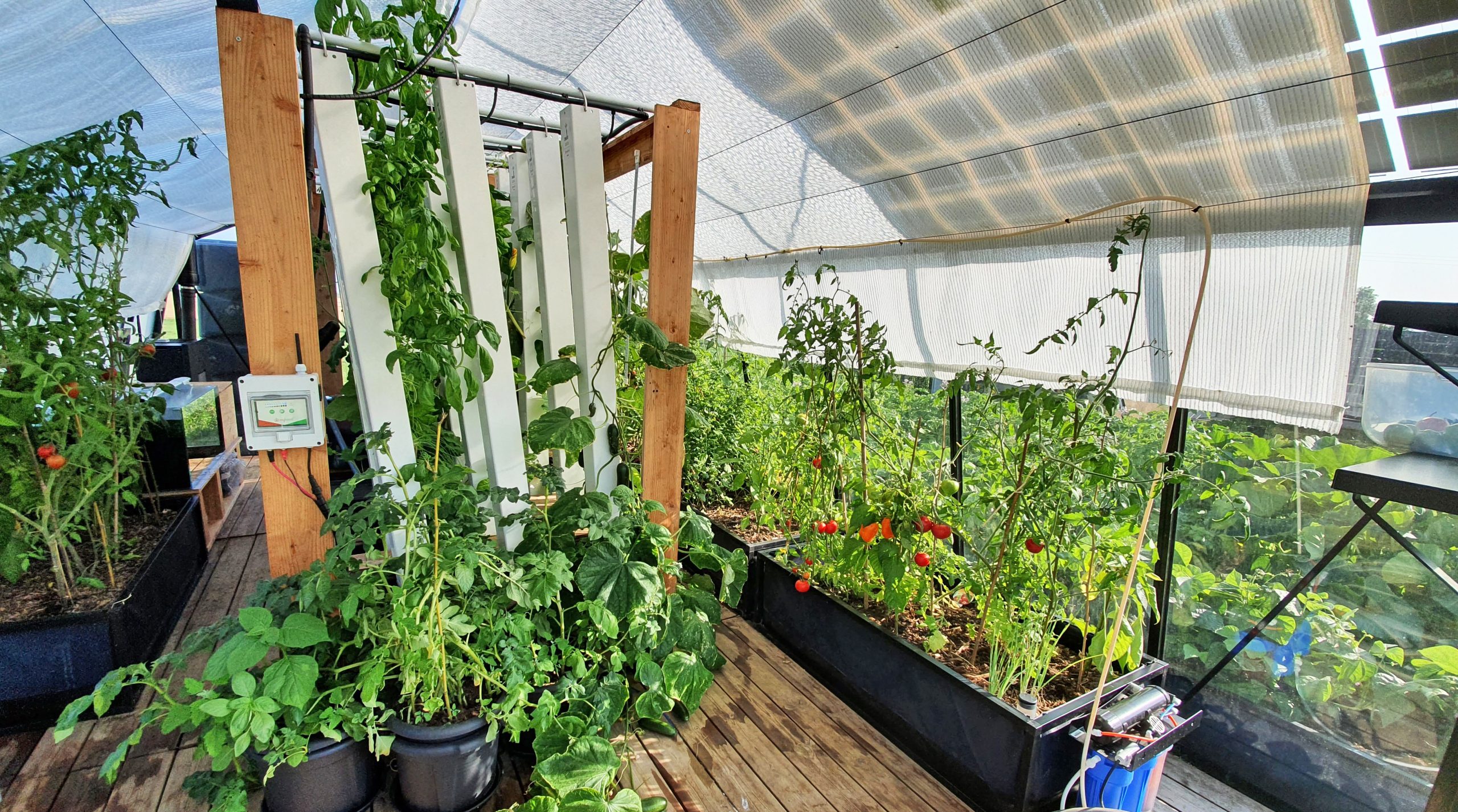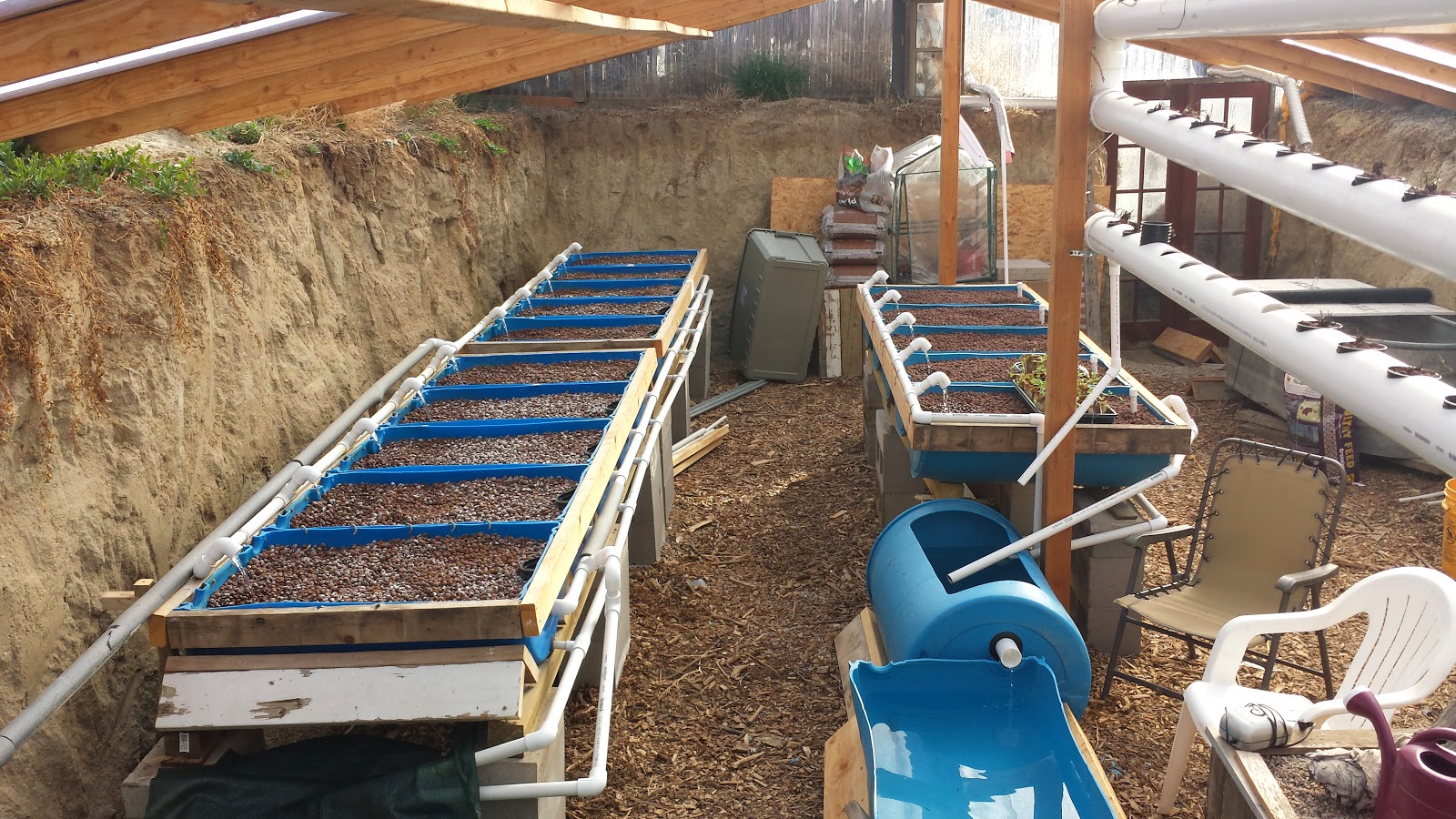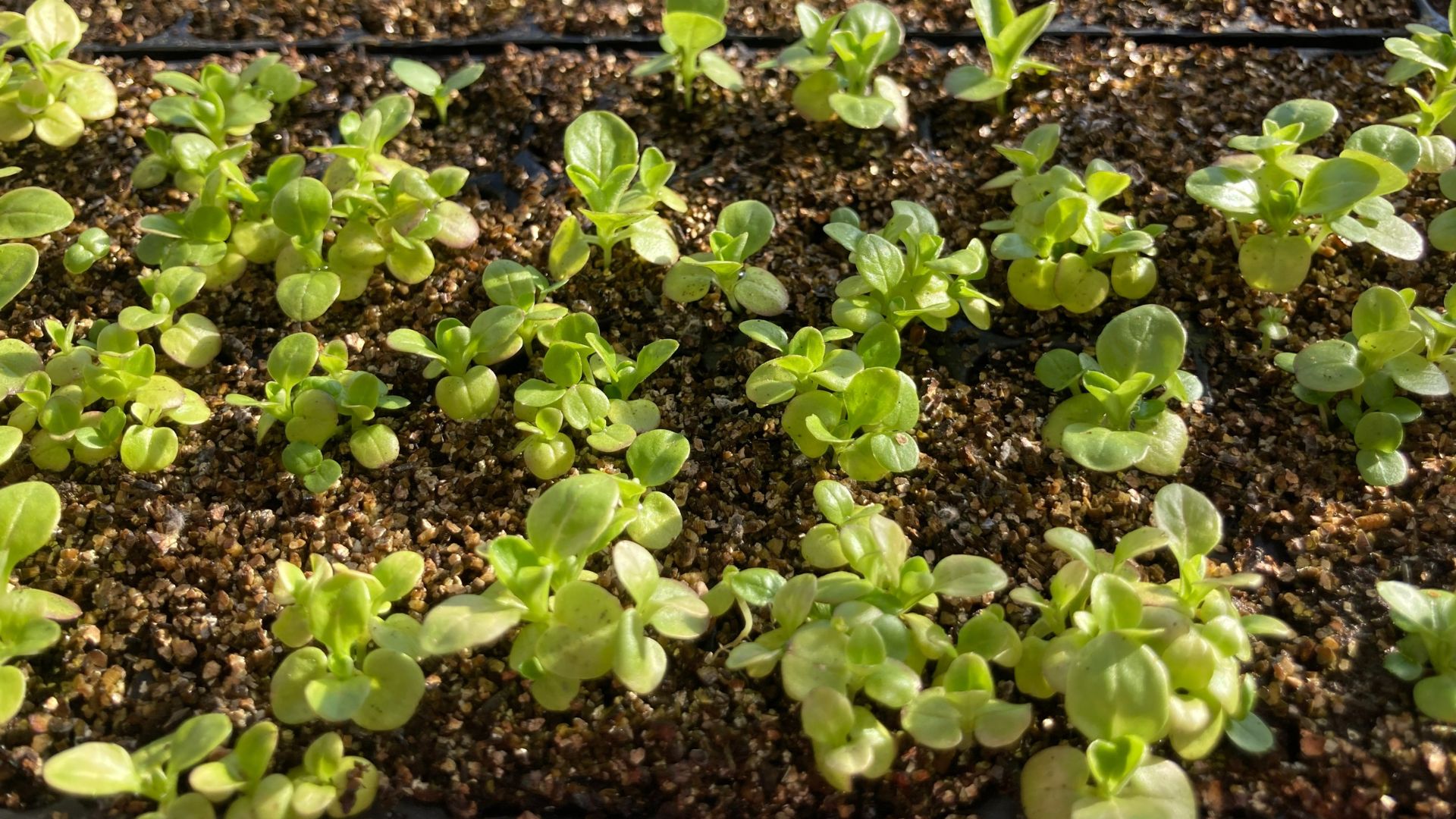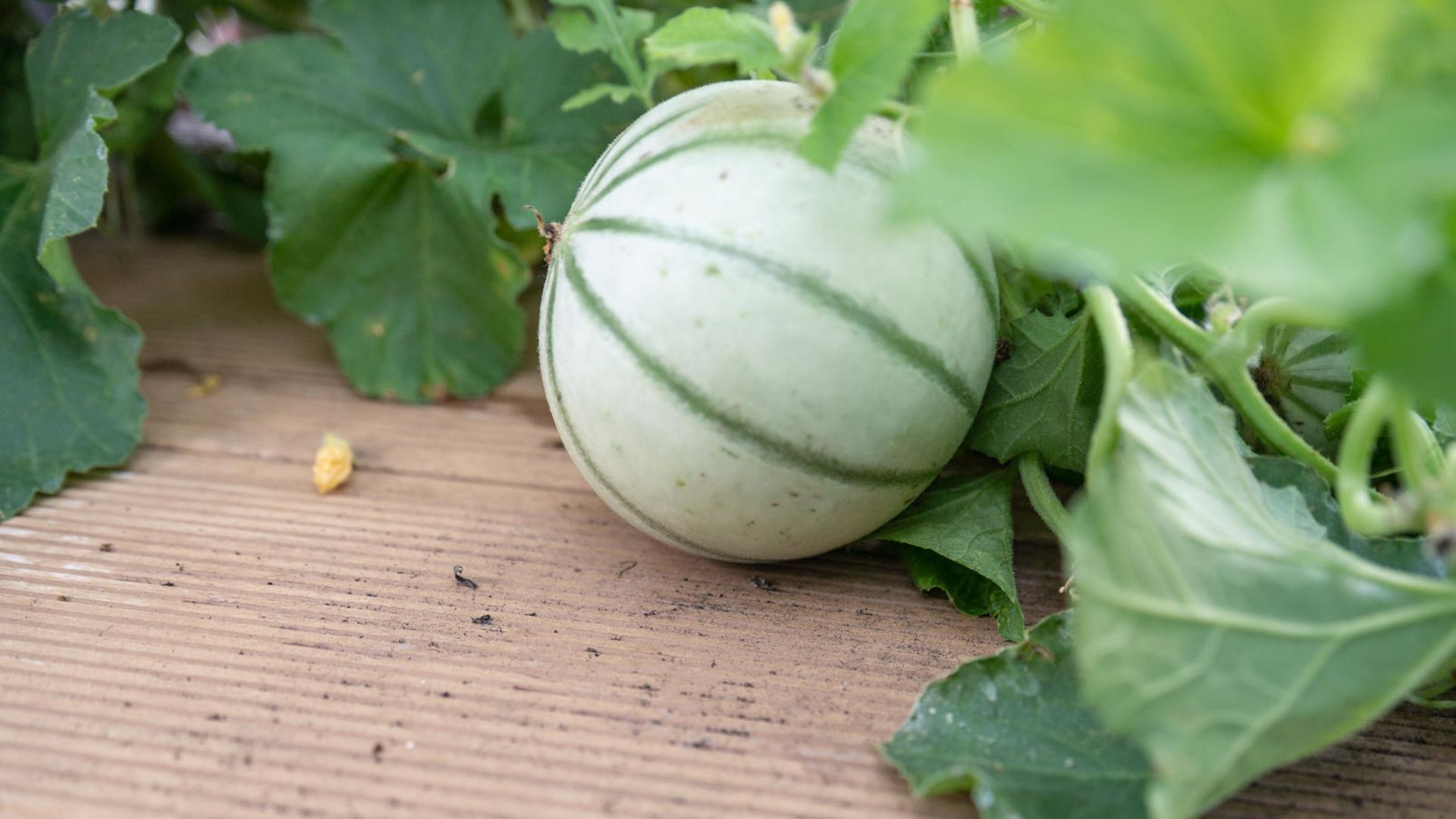The internet has undoubtedly become the gardener’s best friend. Blogs, forums, tutorials, YouTube, Pinterest, it’s all good for inspiration and guiding projects. Buy your seeds from online seed retailers, watch tutorials to learn how to mulch, rediscover growing calendars, etc. In the search for productivity and, above all, simplicity, the web is teeming with innovative ideas. Examples of very original installations or greenhouse constructions can sometimes tempt the daring gardener to very (too?) adventurous projects.
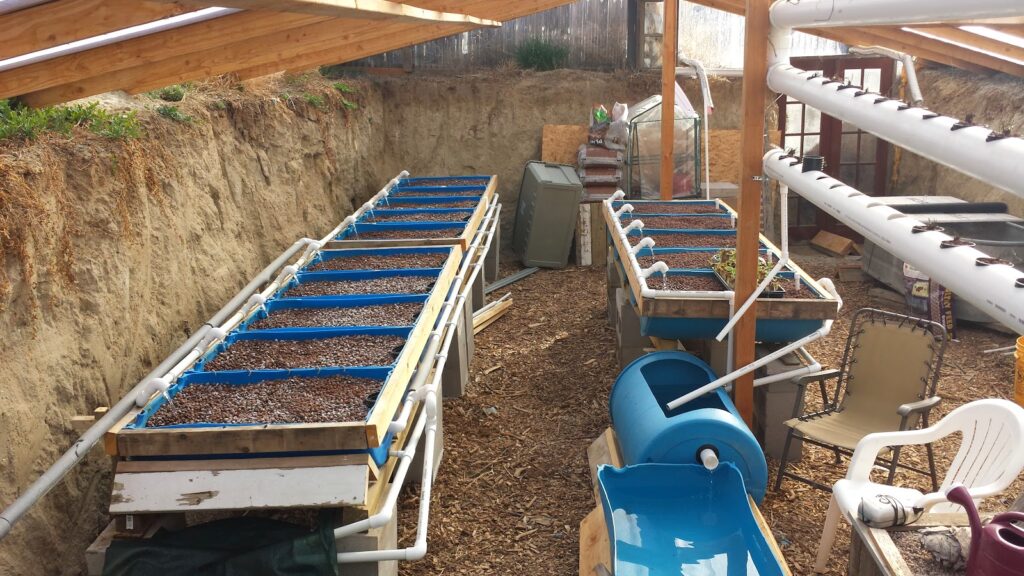
We’ll share our experiences with you and detail the fake good ideas circulating on the internet. “Pinterest gardening” could lead some of you to painful dead ends, so you better think carefully before you act.
Here are the 5 wrong gardener’s plans, because one informed gardener is better than two!
Improve the soil with imported soil
Starting a vegetable garden can be very exciting, especially for beginners.
Putting your hands back into the soil and seeing the first seeds germinate is nice! Digging up gives you the feeling of being in the soil again and being needed – in the first year, you might say. But it is considerably less fun when the reality of soil difficulties catches up with us:
- Too hard, clayey soil
- Stony soil with little soil
- Sandy soil
- Soil that is too acidic
The gardener’s temptation might be to use the trailer to fetch several tons of sandy soil, clay or fertile forest soil to correct the soil condition. In short, to import a soil from outside in the hope of radically correcting the difficult nature of your vegetable garden. This is a bad idea. Firstly, because it is forbidden (in the case of forest soil) and secondly, because it is unnecessary at best and counterproductive at worst. You will expend a lot of energy to achieve disappointing results. And besides, an ecosystem doesn’t like a radical shock and that’s not sustainable. And anyway: you will only be able to change the texture of your soil, but not its fertility.
Smart gardener👍:
To make a lasting change in the nature of the soil, the goal is to create humus, because that is what makes fertile soil. It is what holds the minerals for the plants. To create humus, you have to feed the soil organisms. The following measures are preferable:
- Use green manure, which promotes microorganisms and binds nitrogen
- I
In winter, spread manure (horse manure is best), about 1 kg per m², superficially (do not undermine). - Spread compost in the year (worm compost is best) approx. 1kg per m², superficial.
- Put biochar on the soil 500g per m², a very effective solution to make the soil alive.
- pH correction: dolomite for loamy soils or lithothamnium for acidic soils.
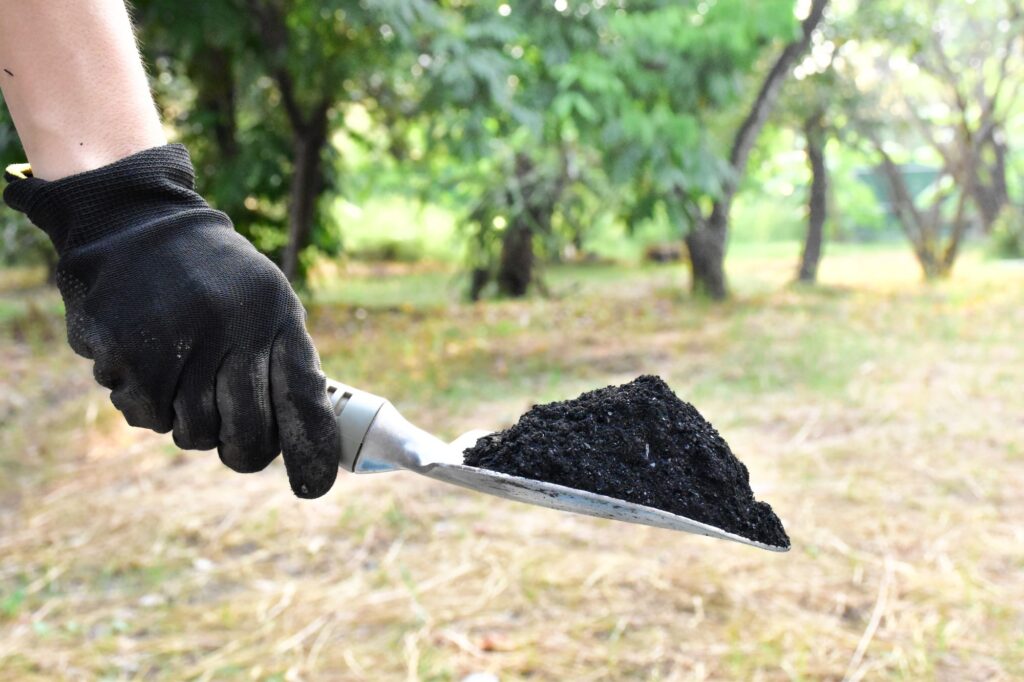
Bury wood to build permaculture dams.
If you frequently surf permaculture websites, you have probably seen this illustration, a classic in this field: the “permaculture” dam.

The concept is based on the idea of filling a mound with various organic materials (tree trunks, branches, etc.) to create a self-fertile soil. It is true that the wood, through its decomposition, feeds microorganisms and provides nitrogen to the plants. However, people forget that oxygen is needed for biological decomposition (aerobic digestion). So, burying organic material to create fertility is not the right way.
Smart gardener👍:
Mulching, on the other hand, is a sensible technique as it promotes the development of microorganisms and the work of earthworms in winter and limits water evaporation in summer. Prefer a low carbon mulch layer if you are planting soon (e.g. hay), or otherwise a more permanent mulch layer (e.g. BRF) if you leave some time for decomposition before planting. Otherwise, follow the tips for humus formation mentioned earlier.
Putting up a plastic greenhouse
Spontaneously, one would tend to say, “Better to put up a plastic greenhouse than nothing at all, because for a small investment, I can push my crops and extend the harvesting season, and my investment has paid off”. Yes, except…

The penniless gardener will still have to spend at least €80 per square meter for a commercial or online model, and the lifespan of such a greenhouse with climate change is 1 to 2 years. That is 1000€ for a 12m² greenhouse. But now not a year goes by without a significant weather event (hail or wind >100km/h). This will certainly cause the plastic to tear and/or the structure to bend. Snow is also not a good friend of tunnel greenhouses (pictures).
Smart gardener👍:
Buying a high-quality greenhouse made of glass and aluminum frame costs about 200 to 250 euros per m², depending on the size, and has a lifespan of at least 25 to 30 years. These greenhouses, by the way, have a 12-year guarantee that proves they can withstand wind and snow (only the seals need to be replaced after about twelve years). So even the poor gardener, if he calculates correctly, will quickly realize that it is better to invest a little more than to calculate wrongly in the short term. But that’s the way it is with many purchases, anyway.
“And what about the hail with the glass?”. As with your car, you should make sure that your greenhouse has 4 mm tempered glass that is hail-resistant. Except, of course, for very large hailstones that could destroy your windscreen, which is much less common. And even then, the aluminum structure is not damaged. You can apply to your insurance company for reimbursement of the broken glass (remember to register the greenhouse with the insurance company).
Start a project for a Walipini greenhouse
In the family of fake plans found on the internet: a buried Walipini greenhouse. This age-old practice may not yet have a Wikipedia article, but it already has a handsome number of articles extolling the benefits of the solution.
When the temperature differences between day and night are large, as for example on the Altiplano in Bolivia, this is a very clever way to be able to grow anything at all. But what may be a good idea at one latitude is not necessarily so at others.
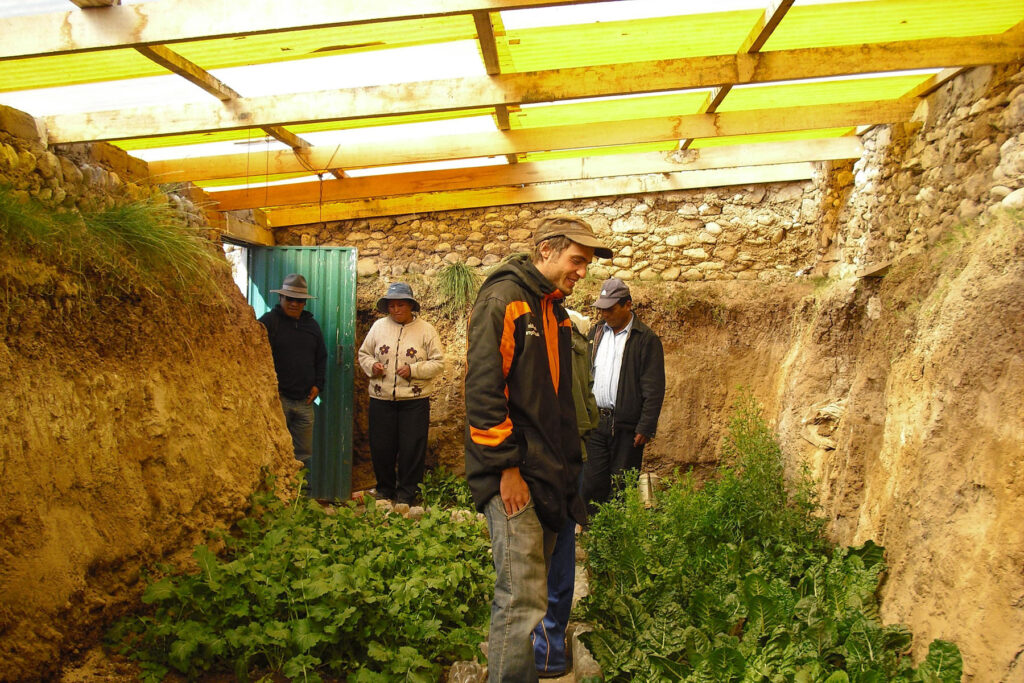
So yes, this “good idea” has also arrived in Europe a few years ago. A large DIY store has even produced a publication on the subject. And suddenly you see our French gardeners turning into living diggers and digging up cubic metres of earth to plunge into this project because ʻseen on TVʼ (or on Pinterest). Why not look at the video? Does nothing shock you? Do you really believe that vegetables will grow several meters deep in the cellar, in the forest without light and in the shade? All this to solve a ʻnon-problemʼ, which is temperature.
Because yes, the first fundamental parameter in growing is not temperature, but light (especially in winter). And several meters underground, well, you are in the shade, because we are not at the same latitudes as in Latin America. So, we will dig to find ourselves in the shade, on the rock in the barren subsoil, in an easily flooded area, with a structure probably made of wood and polycarbonate that will blot out the last indispensable rays of the sun, and finally treat ourselves to a lifetime subscription to the osteopath.
Smart gardener👍:
All this for a non-critical temperature variation (in France, Belgium or Germany). A simple greenhouse would make it possible to control the amplitude by inertia and preserve the light… Or how to create ten critical problems to solve one non-critical one…
Cultivation in containers with clay balls
We had described the many advantages of aquaponics to you before. However, the ways of implementation are very different. Most of the English books you find on the subject summarize the theoretical principles of aquaponics cultivation very correctly. However, the practical implementation they describe is tedious, time-consuming, experimental, and not very productive.
A typical example of a wrong plan for the aquaponic gardener is cultivation in containers with clay balls. For an experiment in a middle school SVT class, why not. To feed a family, no:
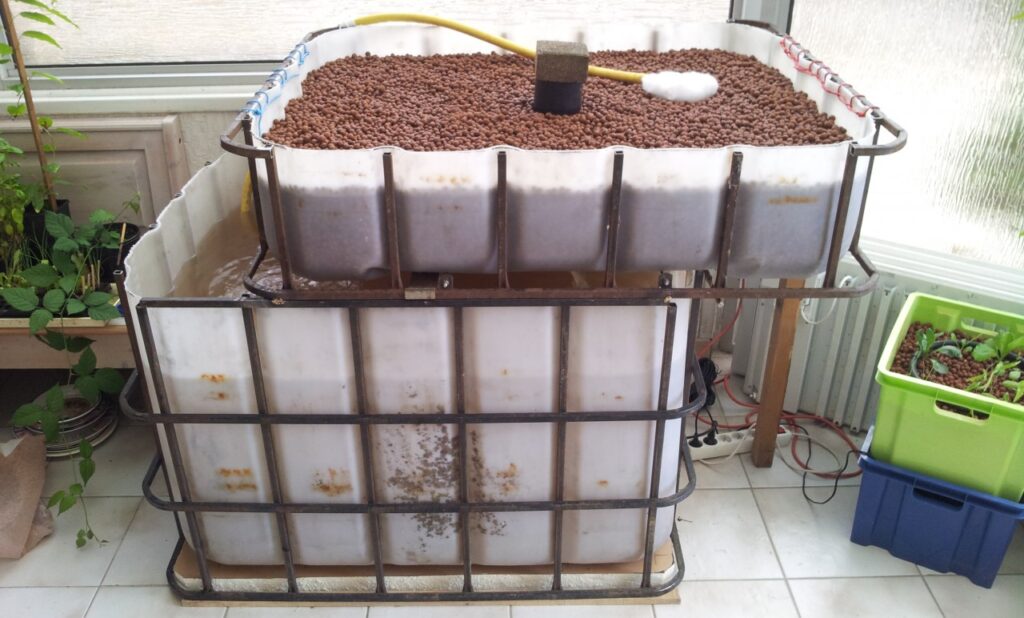
- Very, very low yield per m² of material investment.
- Uncertain results especially in relation to the ratios to be maintained (nitrogen, area, water).
- Limited mineralization requires a mineralization tank (+pumps and associated plumbing).
- Difficult and impossible to clean
- Risk of rotting in some parts of the tanks.
- Syphons that often do not work
- Risk of spillage and/or death of fish.
- Risk of electrocution
- Commonly used plastics that are not suitable for food.
- Not ergonomic
- Forums as the only agronomic companion solution.
- Often looks very ugly (IBC tank cut in half).
Smart gardener👍:
Turnkey aquaponics in an innovative greenhouse, as offered by Myfood, is based on 10 years of experience and R&D development. All risky and unprofitable techniques have been tested, tried and discarded by professional agronomists (clay balls, raft system, etc.). Soon a thousand Myfood greenhouses have been deployed in over 20 countries since 2015, with the support of deer benevolent community that has contributed to the development and improvement of the product. The bold gardener will never be able to be disappointed again.

